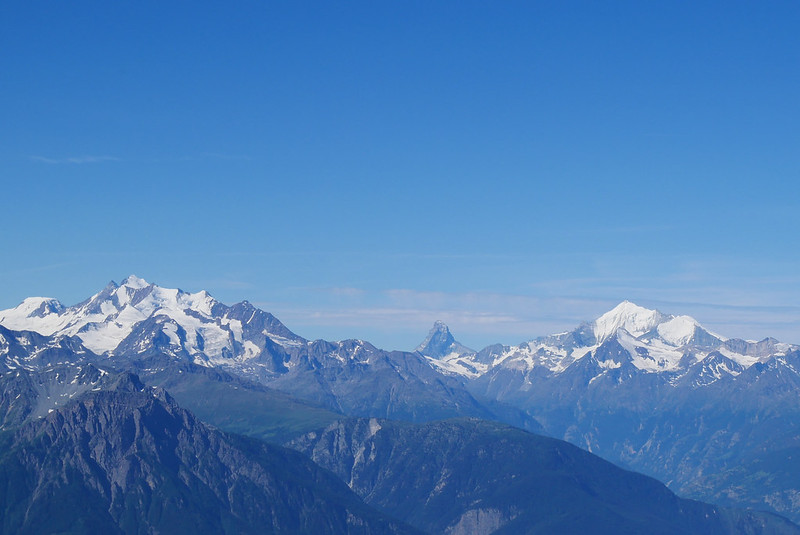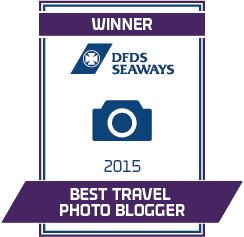
Geographic education goes beyond textbooks and classroom lectures; it thrives on real-world experiences and firsthand observations. Exploring natural landscapes through travel offers students unparalleled opportunities to deepen their understanding of geographical concepts and processes.
In this blog, we will explore how geography school trips enhance geographic education by immersing students in diverse environments and fostering a deeper appreciation for the planet.
The Value of Geographic Education
Understanding geography is crucial for students as it equips them with the knowledge to interpret the world around them. Geography education encompasses the study of physical landscapes, human-environment interactions, and spatial relationships. These elements are best understood when students can see and experience them in person.
Experiencing Physical Geography
Travelling to diverse landscapes allows students to observe and analyse physical geographic features such as mountains, rivers, coastlines, and deserts. These firsthand experiences make abstract concepts tangible and memorable.
Key Physical Features to Explore:
- Mountain Ranges: Visiting mountain ranges like the Alps or the Pyrenees helps students understand tectonic processes, glaciation, and alpine ecosystems.
- River Systems: Exploring river systems such as the Danube or the Rhine provides insights into fluvial processes, erosion, and the importance of waterways in human settlements.
- Coastal Areas: Trips to coastal regions, such as the rugged cliffs of Ireland or the sandy shores of the Mediterranean, allow students to study coastal erosion, wave dynamics, and marine ecosystems.
Understanding Human Geography
Geography school trips also enhance understanding of human geography by exposing students to different cultures, urban planning, and economic activities. Observing these elements in various contexts helps students appreciate the diversity and complexity of human societies.
Human Geography Highlights:
- Urban Exploration: Cities like London, Paris, and Barcelona offer lessons in urban development, land use, and cultural landscapes.
- Rural Areas: Visiting rural areas and agricultural regions helps students understand land management, sustainable practices, and the impact of geography on livelihoods.
- Cultural Immersion: Interacting with local communities and experiencing cultural practices firsthand enriches students’ perspectives on global diversity and cultural geography.
Planning Effective Geography School Trips
Setting Educational Objectives
To maximise the educational value of a geography school trip, it is essential to set clear objectives. These might include understanding specific geographical processes, developing fieldwork skills, or fostering environmental stewardship.
Crafting an Engaging Itinerary
An engaging itinerary balances educational activities with opportunities for exploration and reflection. Here are some key elements to include:
- Fieldwork Activities: Hands-on fieldwork, such as soil sampling, water quality testing, and vegetation surveys, helps students develop practical skills and apply classroom knowledge.
- Guided Tours: Expert-led tours of significant geographic sites provide in-depth insights and contextual understanding.
- Interactive Workshops: Workshops on topics like map reading, geographic information systems (GIS), and environmental conservation engage students and enhance their learning experience.
Ensuring Safety and Accessibility
Safety is paramount when planning geography school trips. Partnering with a specialised travel company, such as Euro Study Tours, ensures that all logistical details, including transportation, accommodations, and safety protocols, are meticulously planned and executed.
Case Study: A Trip to the Swiss Alps
Consider a geography school trip to the Swiss Alps. This destination offers a rich tapestry of geographical features and educational opportunities.
Learning Objectives:
- Understand glacial processes and landforms.
- Study alpine ecosystems and biodiversity.
- Examine human-environment interactions in mountainous regions.
Sample Itinerary:
- Day 1: Arrival and orientation, including a safety briefing and an introduction to the region’s geography.
- Day 2: Guided hike to a glacier, with fieldwork activities to study glacial morphology and climate impact.
- Day 3: Visit to an alpine village to explore cultural geography and sustainable tourism practices.
- Day 4: Interactive workshop on GIS and its applications in studying mountainous regions.
- Day 5: Reflection and debriefing session to consolidate learning and discuss the implications for global geography.
Conclusion
Exploring natural landscapes through geography school trips provides students with immersive, hands-on experiences that enhance their understanding of both physical and human geography. These trips foster a deeper appreciation for the environment, develop critical fieldwork skills, and broaden students’ perspectives on global issues. For educators seeking to enrich their geography curriculum, there is no substitute for the invaluable lessons learned through real-world exploration.





















